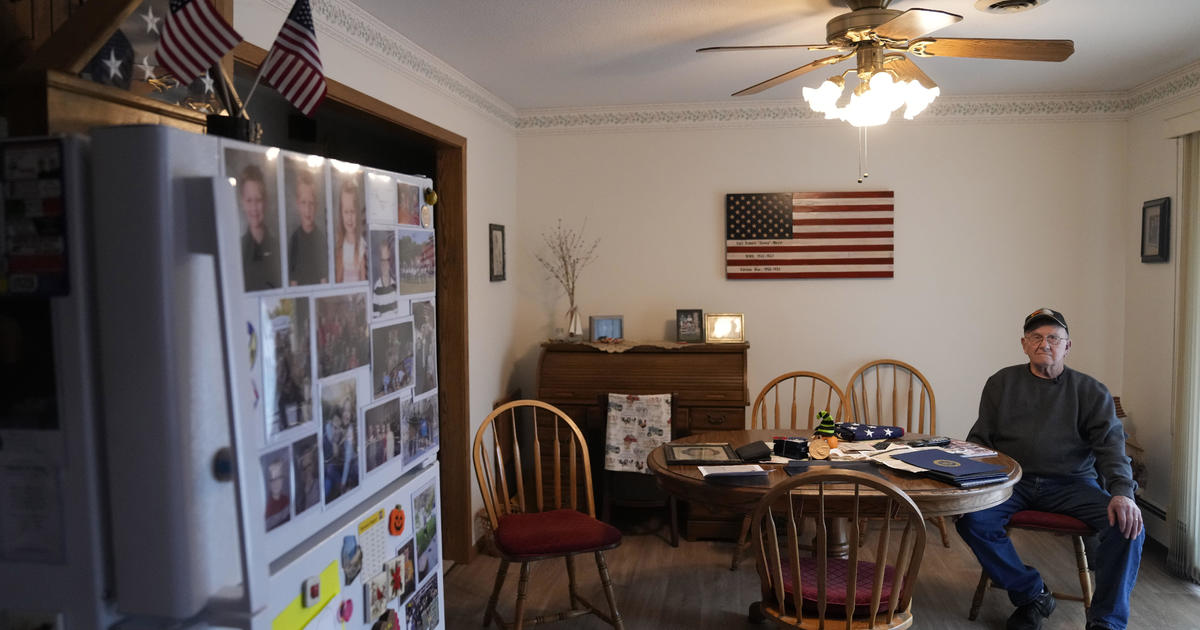Alexandria's Kensington Runestone Stands Out As Minnesota's Mystery
MINNEAPOLIS (WCCO) -- It's often called a "Minnesota Mystery." Throughout the years much has been made about the mystique behind the Kensington Runestone.
Does it really date back to the 14th century, or is it a hoax that can be traced to the late 19th century?
In this week's Finding Minnesota, John Lauritsen visited the Kensington Runestone in Alexandria, and learned about a new test that could shed light on an age-old debate.
The city of Alexandria screams Scandinavia. Your first hint might be Big Ole who stands proud at 28 feet tall. And across the street from the world's tallest Viking are artifacts -- smaller in size but perhaps bigger in hype.
Authentic battle axes and Nordic Fire Steel are on display at the Runestone Museum -- along with a history that dates back to when "Skol" was more than just a popular chant at Vikings games.
Amanda Seim is the executive director and a bit of an historian when it comes to the museum's centerpiece.
"The story goes that Olof Ohman and his sons found it while they were clearing land," said Seim.
The year was 1898, Ohman a Swedish immigrant, became the face for the most controversial stone in the world. It was wrapped in the root of a tree and the date etched on the Runestone read 1362.
"Some people think Olof did make it. He didn't have a great education but there was a book that had ruins in it even though they were different than these," said Seim.
Sadly, the dispute over whether or not it's real turned the Ohman family's world upside down. Even though some organic material tests show that the Runestone was likely there before they arrived.
"If you show me someone who thinks it's real, I will show you someone who thinks it's not -- even if they are in the same, respective field," said Seim.
"I'm going that it's real," said visitor Deb Bailey. Her husband Dave agrees. "I just don't think that guy had the technology to do that kind of writing. How would he know how to do that?"
The debate has become the subject of documentaries both here and in Scandinavian countries. A Swedish group who has performed authenticity tests is making plans to do a new test on the whetstone that many believe was used to do the carving. The results could go a long way towards vindicating or vilifying Olof Ohman.
"This is the most recent translation from 2009," said Seim while pointing at the Runestone.
Linguists, archaeologists and geologists all agree on the translation, but little else. The museum's stance is to let you decide for yourself.
"It's definitely Minnesota's mystery, we don't know a lot about it," said Seim. "That we have one is pretty special. Even if it doesn't date to 1362, it's still a really big, important piece of our history here, our heritage here, so it still says a lot about the community."
In the future, the museum hopes to put a 3D model of the Runestone on their website so people can study it from anywhere at any time. For more information on the complete translation and how to visit the Kensington Runestone, click here.



